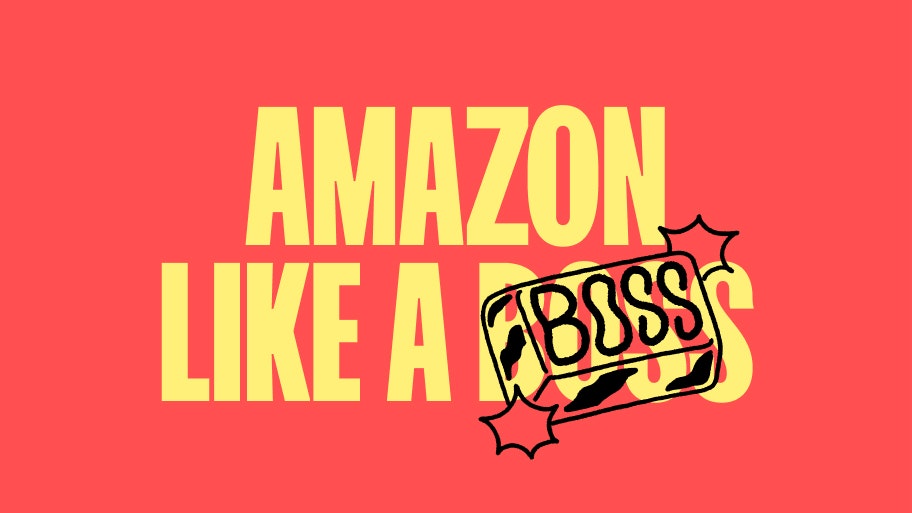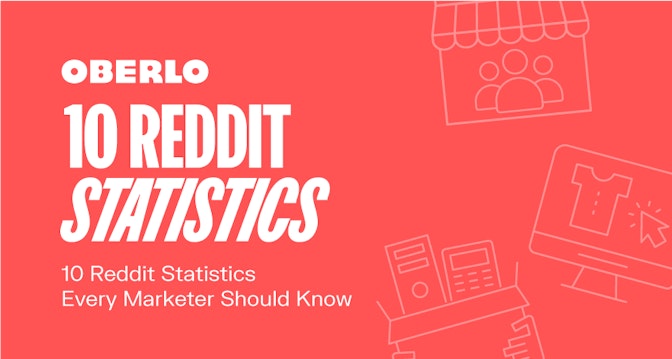Have you looked into dropshipping on Amazon? It makes good business sense.
Amazon attracts 98 million US visitors every month, showcasing its ecommerce stronghold. But the real draw goes beyond numbers: Shoppers trust Amazon, and this trust directly boosts your sales potential.
Starting on Amazon might intimidate some, but armed with knowledge, the scene changes. This guide lays out clear strategies for success in Amazon dropshipping and highlights the tools you need.



What is Amazon dropshipping?
Amazon dropshipping is an online business model where merchants list products on Amazon without keeping inventory.
Once an order is placed, the merchant buys the item from a third-party supplier who ships it directly to the customer.
→ Click Here to Launch Your Online Business with Shopify
Can you dropship on Amazon legally?
Yes, Amazon allows their merchants to dropship on its platform as long as you play by a few key rules.
You must always:
- Be the seller on record of your products
- Identify yourself as the seller of your products on all packing slips and other information included or provided in connection with them
- Be responsible for accepting and processing customer returns of your products
- Comply with all other terms of your seller agreement and applicable Amazon policies
Examples of dropshipping that are not permitted:
- Purchasing products from another online retailer and having that retailer ship directly to customers.
- Shipping orders with packing slips, invoices, or other information indicating a seller name or contact information other than your own.
You can read more about how to dropship with Amazon on its website here.

How much does it cost to dropship on Amazon?
Amazon dropshipping requires everyone to sign up as a seller on its website. Its Individual plan costs 99¢ per unit sold, while the Professional plan costs $39.99, regardless of how many items you sell.
Amazon’s dropshipping fees vary by product type but are typically in the 8% to 15% range. This might not be feasible for those working with relatively small profit margins.
Learn more about Amazon’s commission fees.
Is Amazon dropshipping profitable?
It can be. The average dropshipper sells products at a 10% to 30% margin. If they dropship via Amazon, the platform will take around 15% off their top-line revenue.
If you’re selling at a 30% margin, your net margin after selling a product on Amazon will be 15%. This is quite decent, especially when you consider the wide audience base you’ll be able to tap into.
Note: Your Amazon dropshipping margins can be higher if you win the Amazon Buy Box, but it’s highly competitive and shouldn’t be something you focus on at the start.
Pros of Amazon dropshipping
In this part of our guide, you’ll learn some of the benefits and drawbacks of running an Amazon dropship business.
No warehouse cost
One of the benefits of having an Amazon dropshipping business is that you don’t need to pay for the cost of a warehouse. Some Amazon sellers choose to make their products FBA (Fulfilled by Amazon). With FBA, sellers ship their products to Amazon and Amazon sends the products out for them.
Vetted dropshipping suppliers
Amazon sources products in bulk, primarily from European suppliers. Suppliers have to meet Amazon’s tight quality checks—items must be durable, genuine, and safe. Only then do their products land a space in Amazon’s warehouses. This approach guarantees new sellers put forth only the best products from their inventory.
Large audience base
Amazon boasts more than 310 million active users worldwide. That means tapping into Amazon as a sales channel can yield substantial returns for your business. Offer the right product at the right price, and you could attract a swarm of new customers.
An added perk? The potential to reach audiences your store might otherwise miss. This broadens your target base. You might even uncover an entirely new segment eager for what you offer.
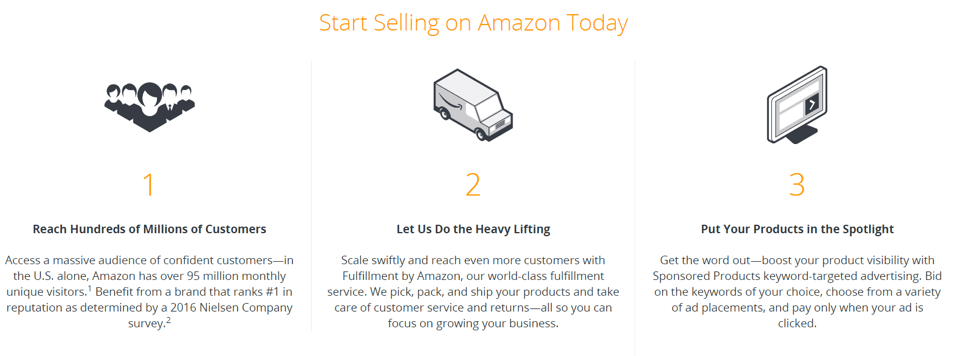
Multiple categories to target
Amazon has more than 30 categories you can target. So you can sell in two, three, five, or as many niches as you desire. With the right products and trustworthy suppliers, there’s no limit to how many categories and niches you can cater to.
For instance, you can sell products in the Electronics and Tools and Home Improvement categories simultaneously. There’s nothing to prevent you from serving multiple audiences.
Cons of Amazon dropshipping
Dropshipping on Amazon can seem attractive due to low marketing costs and more discoverability. But like with any dropshipping model, you have to weigh the benefits against the drawbacks. Here are three disadvantages of Amazon dropshipping:
Visible sales data
One of the conditions to sell on Amazon is that you must give the company access to your sales data. This means it can see everything from your bestselling products to overall sales performance. There have been whispers about Amazon using such insights to edge out competitors in specific market niches.
Fewer branding opportunities
Trying to make customers loyal to your brand on Amazon? It’s not easy. Amazon’s main goal is to help merchants sell products, not build brand loyalty. This means you might find it hard to establish a name, show your products, and talk to customers.
Limited customization
Another drawback of Amazon dropshipping, and dropshipping as a whole, is the reliance on external packaging. Customers receive products in the supplier’s generic packaging, which can detract from a personalized brand experience. While considering private labeling might seem like a solution, it only hikes up the overall costs.
Difference between Amazon dropshipping and retail arbitrage
Amazon dropshipping means you partner with a supplier who ships directly to your customers. In retail arbitrage, you buy discounted products, store them, and then resell them at higher prices. While dropshipping avoids inventory hassles, retail arbitrage focuses on finding and flipping deals.
How to start dropshipping on Amazon: 8-step checklist
1. Choose an ecommerce platform
As Shopify integrates directly with Amazon, using this ecommerce platform is ideal. Shopify allows users to create an online store and add Amazon as a sales channel, simplifying order management across both platforms.
2. Choose the right products
There are several requirements and restrictions for store owners who want to sell their product on Amazon.
According to Amazon’s list of eligible stores, you can open up an Amazon store without approval if you’re in a niche like books, computer and video games, electronics, office products and the like.
Take a peek at Amazon’s list of restricted products to make sure you’re not selling any of them. These items include things like hoverboards and dangerous goods.
3. Create an Amazon seller account
If you plan on selling a high volume of products, it’s best to have a professional account. In the individual selling plan, you’re charged 99¢ per item sold, which can eat away at your margins. With a Professional seller account, you pay a subscription each month, as well as a few additional fees.
To register an account, visit sellercentral.amazon.com. Then, fill out the details Amazon requires about your business, including.
- Professional email address
- Phone number
- Government ID
- Tax information
- International credit card
- Bank account for receiving payments
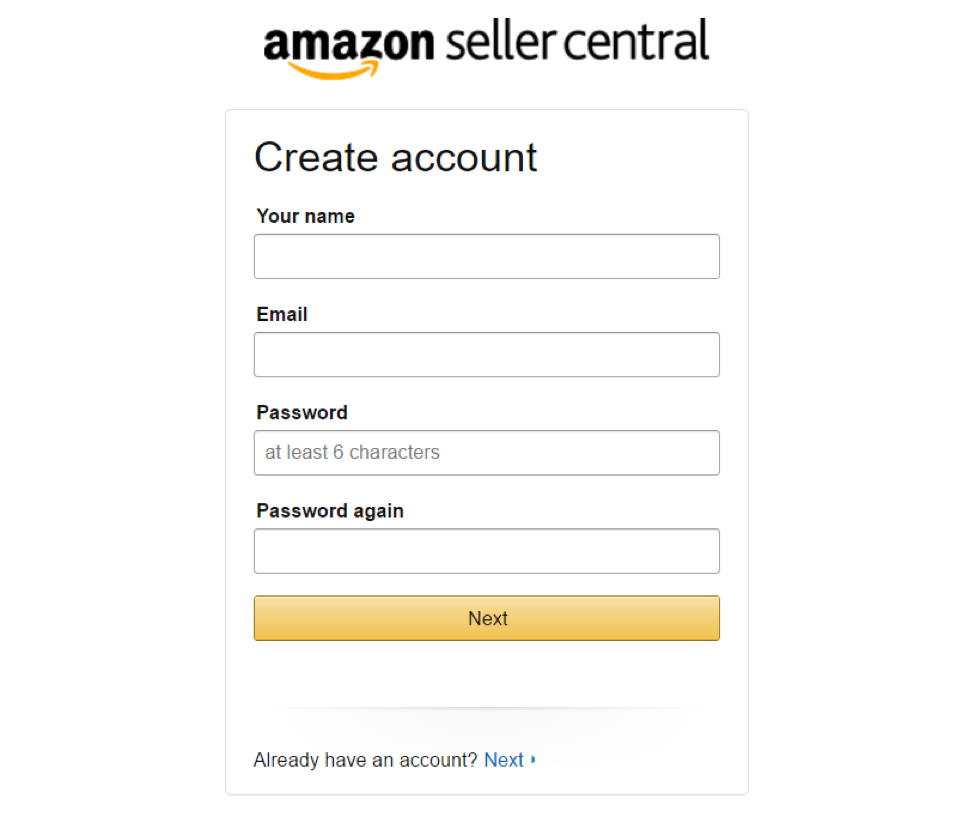
4. Get approved in your product category
To sell some items on Amazon, you need the company’s approval. For example, if you want to sell collectibles, music, or watches, you must first get permission. Check the list of product categories to learn more.
Even if a category is open, individual products might still need a green light. To check a specific item, browse this list and select "Show Limitations."
5. Connect your Amazon account to Shopify
After setting up your Amazon account and securing the needed approvals, it’s time to link it to your ecommerce store on Shopify. How? With an Amazon integration app from the Shopify App Store.
These apps form the connection between Amazon and Shopify. With the right app, you can:
- Automate orders
- Provide real-time tracking to customers
- Keep product inventory in sync
Some of the best Amazon fulfillment apps for Shopify are:
Once you install your chosen app, crafting product listings and overseeing sales on both platforms becomes straightforward.
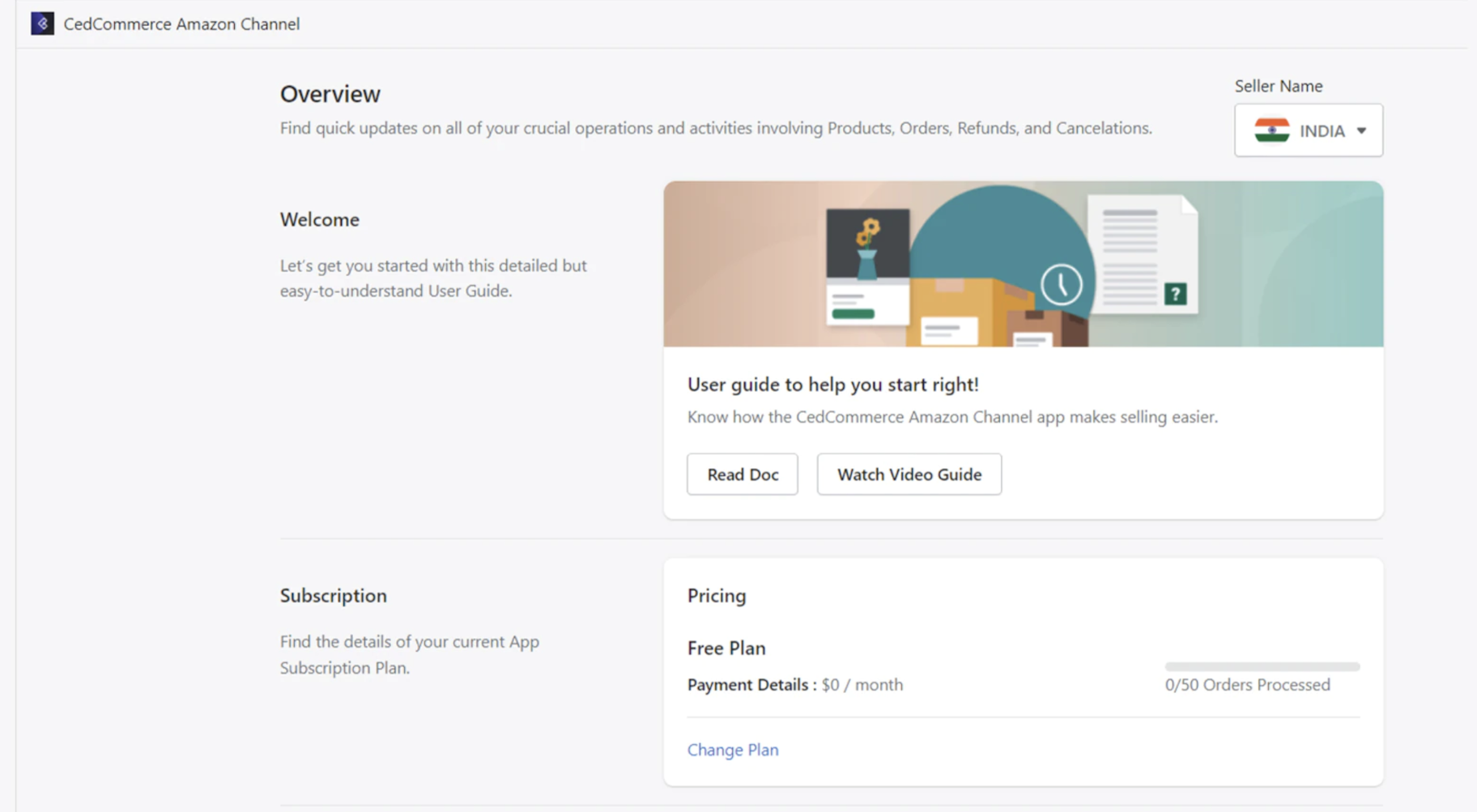
6. Create an Amazon product listing
Once you integrate an app, your dropshipping items won’t directly show on Amazon. To streamline Amazon dropshipping with Shopify, you’ve got three choices:
- Connect Shopify to your active Amazon listings via the integration app.
- Link a current Amazon listing with your merchandise.
- Create a brand new Amazon listing for a new item.
Note: If you’re a new dropshipper on Amazon, you may not be able to create several product listings right away. This is due to the cap Amazon puts on the number of new listings a seller can publish each week. The good news is that as your sales grow, the cap gets higher.
7. Have Shopify track inventory
Make sure that Shopify tracks your inventory levels. This ensures that when a customer orders on Amazon, the product is still in stock.
Don’t allow customers to order products that are out of stock—this can lead to negative reviews and some extra customer service time you didn’t plan on spending.
8. Start promoting your products on Amazon
On Amazon, promoting your products has its limitations. Still, there are ways to stand out:
- Use Sponsored Product ads: Have some marketing money? Think about using Sponsored Product ads. Amazon charges you when someone clicks your ad. This can help more people see your products.
- Make your listings shine: Every Amazon product looks the same. So, use good product titles and clear pictures. Write simple points in the About This Item section. Remember, customers quickly check many products.
- Try social media: You can share Amazon product links on social sites. Make a short video for Instagram. Or, create a TikTok featuring your item.
How to choose a dropshipping supplier
Choosing the right dropshipping supplier can give you an edge on Amazon. While you can compete on price, the right supplier partnership truly stands out. Here’s what to prioritize:
- Location: Your supplier should support Amazon dropshipping in your region.
- Product quality: They should offer products in your niche that are as good as, if not better than, competitors.
- Fees: Keep an eye on per-order fees. They shouldn’t dent your profits too much.
- Informative dashboards: A detailed dropshipping dashboard can give insights into sales and order values.
- Reputation: If other successful dropshippers trust them, that’s a good sign.
- Shipping efficiency: Your supplier should keep pace with typical shipping times in your niche.
Bonus strategies for succeeding on Amazon
In this part of the Amazon dropshipping guide, you’ll learn a few strategies for succeeding on Amazon.
Win the Buy Box
Most of Amazon’s sales come from the Buy Box. This means your goal as a dropshipper is to win the Buy Box so you can maximize your sales like the pros.
First, you’ll need to have a high seller rating. Many find having a rating above 95% works well for them.
Second, you need to ship products quickly, ideally within 14 days.
Third, your cost (shipping and product cost total) should be lower than most of the other offers being presented. Having a low refund rate, fast customer response time, and high feedback score also help you win the Buy Box.
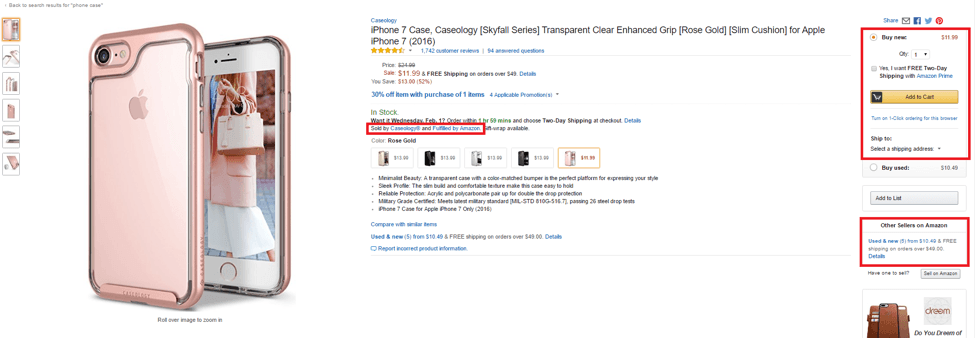
Don’t rely on Amazon
Don’t be dependent on sales from Amazon alone. Explore other platforms too. By having Amazon as one of many sales channels, you improve your odds for sales while minimizing risk.
With Shopify, you can add other sales channels, such as Instagram, Facebook Messenger, and Facebook Shops to grow your brand’s audience.
It’s also worth noting that if a customer recognizes your brand, they’ll be more likely to buy from you on Amazon. Be where your customers are.
Aim for a 95% seller rating
Having a 95% or higher seller rating has improved the likelihood that you’ll win the Buy Box. It’s also great because it makes you more likely to appear in organic searches.
It’s important to have a high seller rating, as this gives a major boost to earning a potential customer’s trust. It gives your Amazon store a competitive advantage over those with lower ratings.
Do keyword research
Just as you’d optimize your store’s product pages for search engines, when you’re learning how to dropship on Amazon, you should optimize your Amazon product pages as well.
You can use tools like Keyword.io to find popular keywords. If you run Amazon ads, you’ll also have access to a supply of keywords you can use to optimize your product pages.
Doing this well will help you rank high organically. If you’re running ads, it’ll help you target customers better.
Make sure you price your products accordingly
When pricing products for Amazon, there are a few factors to consider. First is the cost of Amazon fees. You want to make sure your margins are high enough that you can afford to pay Amazon’s monthly and other associated fees.
Offer a better coupon discount than competitors
By creating an Amazon coupon, you can help encourage customers to buy from you. If you promote the coupon to coupon sites, you can help drive more traffic from those looking to score sweet deals.
Just remember that you need to price the coupon in a way that allows you to pay your expenses and remain profitable.
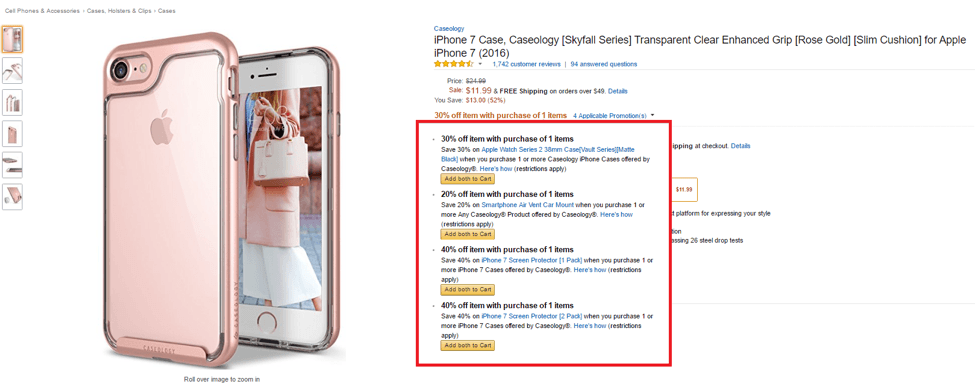
Optimize your product titles for user intent
Amazon favors listings whose titles are relevant to buyer’s search terms, rather than being stuffed with keywords.
Put simply, titles that focus on user intent get the attention of people. As such, it’s worth spending some time thinking about what buyers hope to find when conducting searches related to your products.
Information that matters to buyers includes product attributes such as model, size, color, quantity, etc.
Best Amazon dropshipping tools
Here’s a list of tools that will come in handy when you’re learning how to start dropshipping on Amazon.
MerchantWords
You can use MerchantWords to view the search volume and data of keywords. The pro plan costs $30 per month.
FeedCheck
FeedCheck allows you to view all your product reviews in one place. It’s a great tool if you have a large selection of Amazon products in your store. Pricing starts at $19 per month.
Sellery
This tool has repricing strategies to help you win the Amazon Buy Box. It allows you to run pricing experiments to stay competitive while maximizing profits. You can try this one for free.
FeedbackExpress
FeedbackExpress helps you get more reviews on your Amazon store. It also helps remove negative reviews so you can keep a high rating on your products and store. Pricing starts at $20 per month.
Dropshipping from Amazon to eBay
Dropshipping from Amazon to eBay involves buying underpriced items on Amazon and selling them at a higher price on eBay.
However, there’s a catch: The end user, the one who buys the product on eBay, often receives the item in Amazon packaging. This can lead to confusion or dissatisfaction.
While this method isn’t illegal, it isn’t well-received by manufacturers. They dislike it because dropshippers increase their profits without the manufacturers being aware.
So if your aim is to build a reputable dropshipping business, it’s best to avoid this approach.
Dropshipping with your own online store
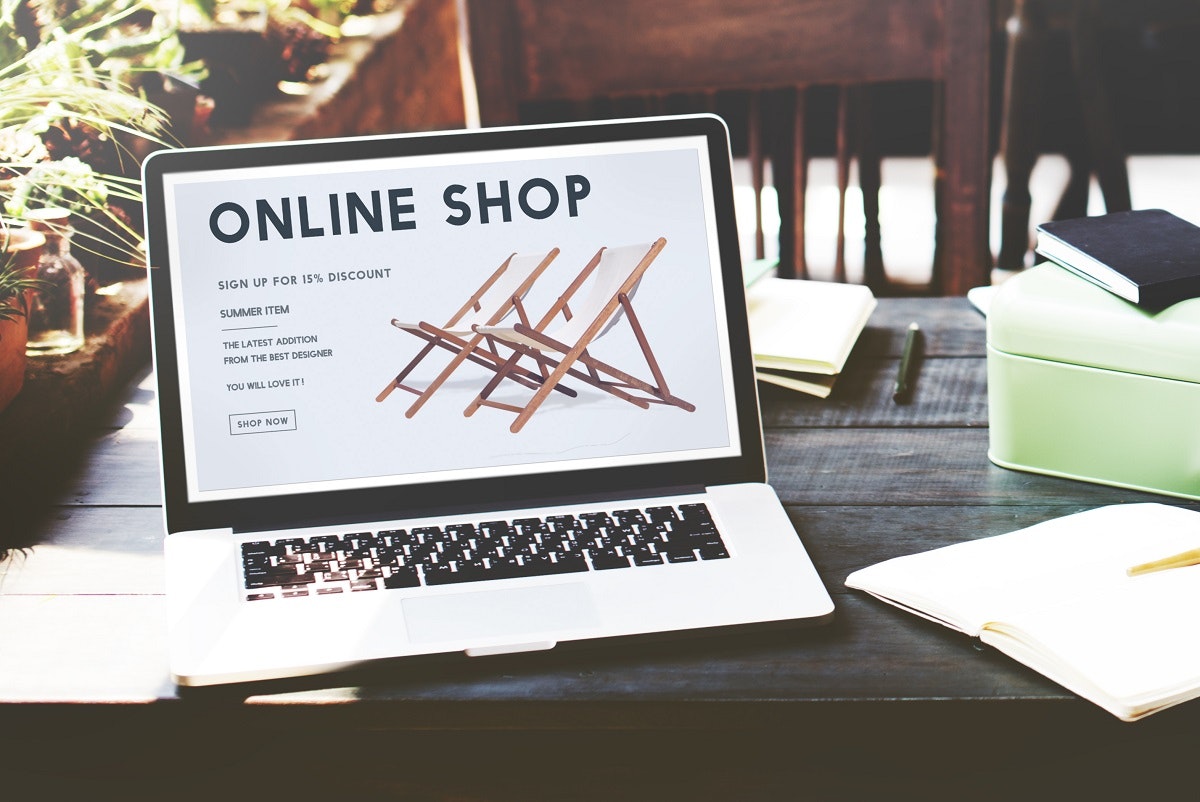
Starting your own online store for dropshipping Amazon products offers an attractive alternative to relying on third-party marketplaces. Not only does it provide increased control over customer service, but it also offers flexibility in marketing and branding, which can pave the way for long-term success.
Benefits of dropshipping on your online store:
- Full control: Your own store means you can shape the shopping environment. Tailor the layout, design, and product pages to resonate with your target audience.
- User-friendly design: Platforms like Shopify remove technical hurdles, enabling anyone to craft a store with ease. Plus, you can quickly introduce features that enhance the buyer’s journey.
- Cost-efficiency: Sidestep Amazon’s referral fees by owning your platform, thus boosting your profit margins.
- Mobile optimization: Navigating third-party marketplaces on mobile can be challenging. In contrast, hosted ecommerce platforms ensure your store is responsive across all devices.
- Brand building: Operating an independent store lets you cultivate a unique brand identity, fostering customer loyalty and encouraging repeat business.
- Expanded options: With your platform, you can diversify your supplier base, incorporating giants like AliExpress and AliBaba. Additionally, strategies such as ePacket shipping can streamline product delivery, further enhancing the customer experience.
Still unsure whether to dropship via Amazon’s marketplace or your own store? This video on dropshipping versus Amazon should help you make an informed choice.
Getting started with Amazon dropshipping
Amazon dropshipping holds promise, both for newcomers and seasoned business owners. When you pursue it with your Shopify store acting as the control center, countless tools stand by to assist in sourcing, pricing, fulfillment, and marketing. Use the tools and strategies to streamline your Amazon dropshipping journey—be sure to also check out some top automated dropshipping tools.



